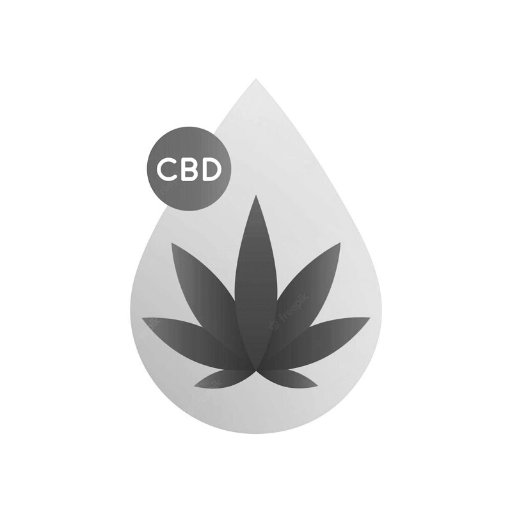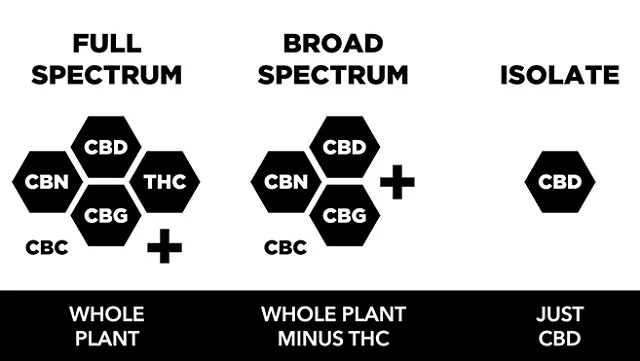
How to Read CBD Oil Labels: Ingredients, Potency, and Certification

With the increasing popularity of CBD oil for its potential wellness benefits, it’s more important than ever to understand what goes into these products. Reading CBD oil labels may seem simple, but knowing what each part signifies can help you choose high-quality, safe, and effective products. This guide will walk you through the essentials of reading CBD oil labels, including ingredients, potency, and certification, to ensure you’re well-informed before making a purchase.
Why Understanding CBD Oil Labels Matters
The CBD industry has grown rapidly, but with that growth comes a need for consumer awareness. Products may vary significantly in quality, ingredients, and potency. Misinterpreting a label could lead to using a product that’s ineffective or not suitable for your needs. Understanding CBD oil labels can empower you to select products tailored to your health goals, ensuring the best possible experience with CBD.
Key Elements on CBD Oil Labels
CBD oil labels contain several essential pieces of information, each of which plays a role in determining the product’s quality and potency. Let’s explore these components, so you’ll know exactly what to look for.
1. Ingredients: What’s Really Inside the Bottle?
Ingredients are among the most critical components of any product label, and CBD oil is no different. A quality CBD oil will have a clear and detailed list of ingredients, giving you insights into what’s inside and whether it’s suitable for your needs.
Common Ingredients Found in CBD Oil
Most CBD oils contain just a few primary ingredients. Here’s what to look for:
- Cannabidiol (CBD): This is the active ingredient, derived from hemp, providing the potential therapeutic effects. Labels should clearly state CBD as a key ingredient.
- Carrier Oil: CBD is often combined with a carrier oil, such as coconut MCT oil, hemp seed oil, or olive oil, to enhance bioavailability and improve absorption. Some oils may affect taste, so choose according to your preference.
- Flavorings and Additives: Certain CBD oils contain natural or artificial flavorings to improve taste. If you prefer an all-natural product, check for labels that specify “natural flavors” or opt for unflavored CBD oil.
- Additional Botanicals: Some CBD oils are enhanced with other herbal extracts like turmeric or chamomile, which can add complementary benefits.
Checking the ingredients can help you avoid allergens or undesired components and identify oils that may offer added benefits or flavors.
2. Potency: Understanding Dosage and Strength
Potency is a crucial factor in determining how much CBD you’re getting per dose, and it varies widely across products. Knowing how to read potency information on CBD oil labels will help you choose a product that aligns with your desired effect and personal tolerance.
How to Determine CBD Potency
CBD oil potency is typically indicated in two main ways:
- Total CBD per Bottle: Many labels state the overall amount of CBD in the bottle (e.g., 500 mg, 1000 mg). This can be a quick reference for comparing different products, but it doesn’t indicate dosage.
- CBD per Serving: To understand how much CBD you’ll get per dose, look for information on CBD concentration per milliliter (mg/mL). For example, a 1000 mg CBD oil in a 30 mL bottle would provide approximately 33 mg of CBD per mL.
Potency Levels Explained
CBD oils come in various potencies, generally classified as low (5–15 mg/mL), medium (20–40 mg/mL), and high (50 mg/mL or more). A higher potency product may be suitable for those seeking stronger effects or for individuals with higher tolerance, while beginners often start with lower doses to gauge how their body reacts.
3. Certification: Verifying Quality and Safety Standards
Third-party testing and certification are crucial aspects of CBD product transparency. A reputable CBD oil will often have certifications or testing results from independent labs, ensuring that it’s free from contaminants and contains the advertised amount of CBD.
What Third-Party Testing Indicates
Third-party lab tests, often referred to as Certificates of Analysis (COAs), verify the product’s potency and purity. The COA should cover:
- CBD Content: Confirms the CBD concentration matches what’s stated on the label.
- THC Levels: Ensures that THC content is within the legal limit (typically less than 0.3% in most regions) or that the product is entirely THC-free, depending on your preference.
- Contaminant Screening: Checks for heavy metals, pesticides, and microbial contaminants. High-quality products will be free from harmful contaminants.
Where to Find COAs
Many reputable brands include a QR code on the label that links directly to the product’s COA, which provides transparency and builds trust. If the label lacks this information, you can typically find it on the brand’s website or contact customer service.
Types of CBD Oil: Full-Spectrum, Broad-Spectrum, and Isolate
Understanding the type of CBD oil you’re purchasing is crucial, as different types have unique effects and may be better suited to different needs.

Full-Spectrum CBD Oil
Full-spectrum CBD oil contains all of the naturally occurring compounds in hemp, including other cannabinoids (like THC, within legal limits), terpenes, and flavonoids. This type of CBD is often preferred for its “entourage effect,” where the compounds work together synergistically to enhance overall effects.
Broad-Spectrum CBD Oil
Broad-spectrum CBD oil includes multiple cannabinoids and terpenes but has the THC removed. This type is ideal for individuals who want the benefits of multiple hemp compounds without THC.
CBD Isolate
CBD isolate is the purest form, containing only CBD and no other cannabinoids or plant compounds. This may be preferable for those who want to avoid THC entirely or are sensitive to other hemp compounds.
Additional Label Information: Expiration Date and Storage Recommendations
CBD oil is a natural product, and like most such items, it has a shelf life. When purchasing CBD oil, check for an expiration date on the label, as potency and effectiveness can diminish over time. Additionally, some labels provide storage instructions, typically recommending that the oil be kept in a cool, dark place to maintain its quality.
Choosing the Right CBD Oil Based on Label Information
Reading a CBD oil label thoroughly allows you to make an informed decision based on your wellness needs and lifestyle. Here’s a quick checklist to guide you:
- Verify Ingredients: Ensure that it contains pure CBD and a carrier oil suited to your taste and needs.
- Check Potency: Look for CBD per mL to determine dosage strength that aligns with your desired effects.
- Look for Certifications: A COA or third-party testing certification is essential to confirm quality and safety.
- Identify Product Type: Choose between full-spectrum, broad-spectrum, or isolate based on your preference for THC and other cannabinoids.
- Confirm Expiration Date: Make sure the product is fresh, as potency can decline past its expiration date.
Final Thoughts on Reading CBD Oil Labels
Navigating CBD oil labels can feel overwhelming at first, but once you know what each component means, selecting a product that meets your needs becomes much simpler. Understanding ingredients, potency, and certification empowers you to make informed choices, so you can enjoy the potential benefits of CBD with peace of mind.
When choosing CBD oil, remember that reputable brands prioritize transparency and quality, providing consumers with detailed information about their products. Armed with the knowledge of how to read CBD oil labels, you’re better prepared to find safe, effective products that align with your wellness goals.